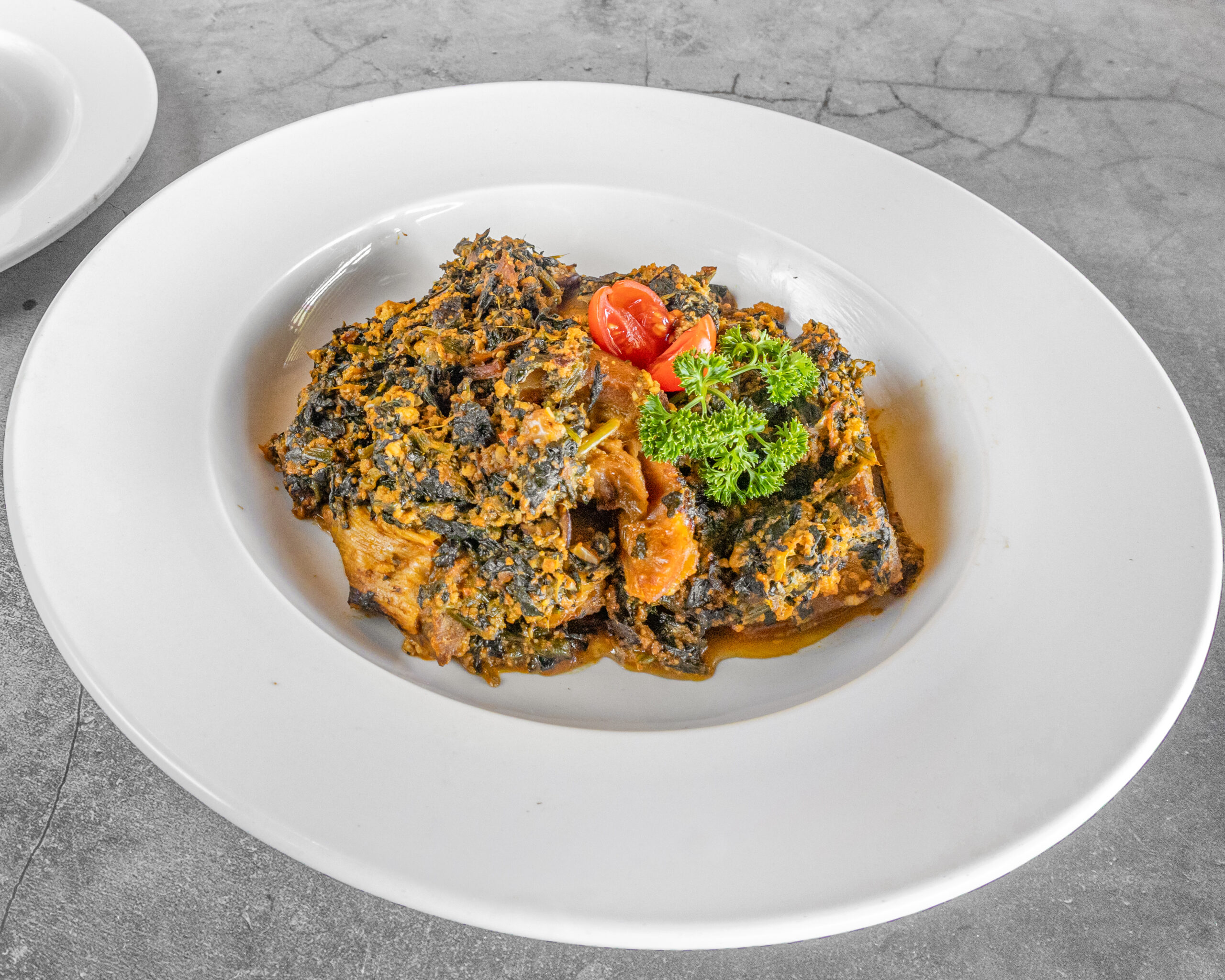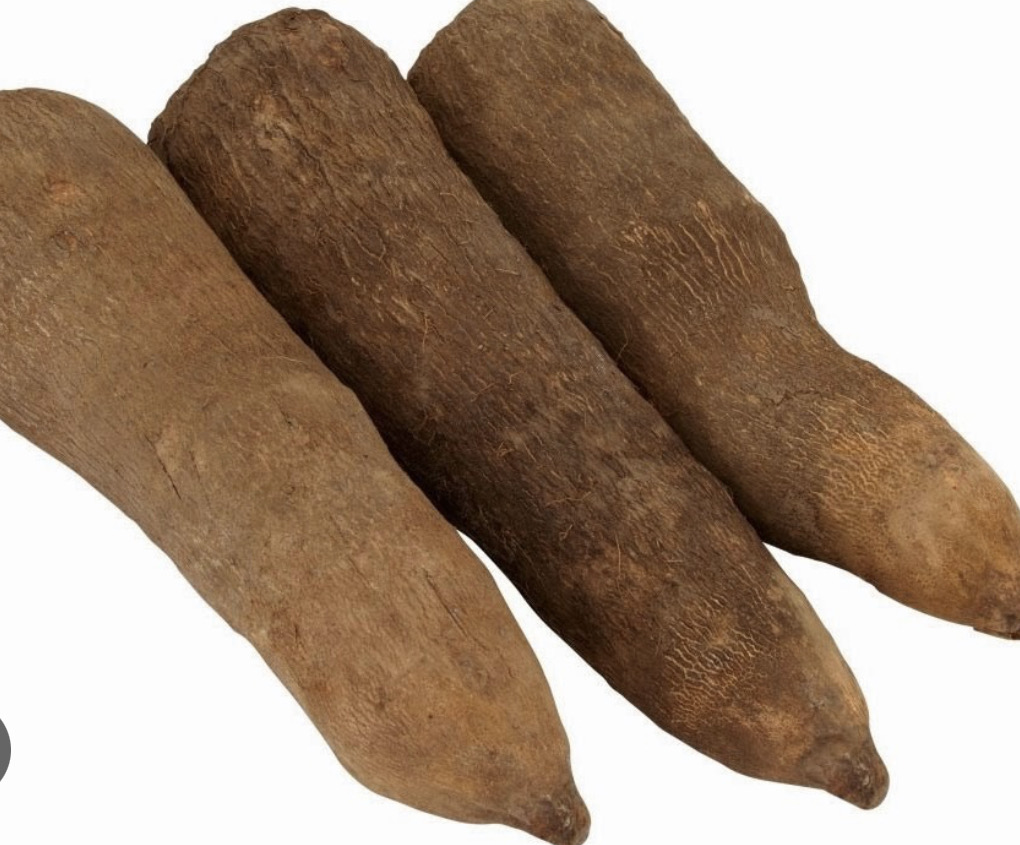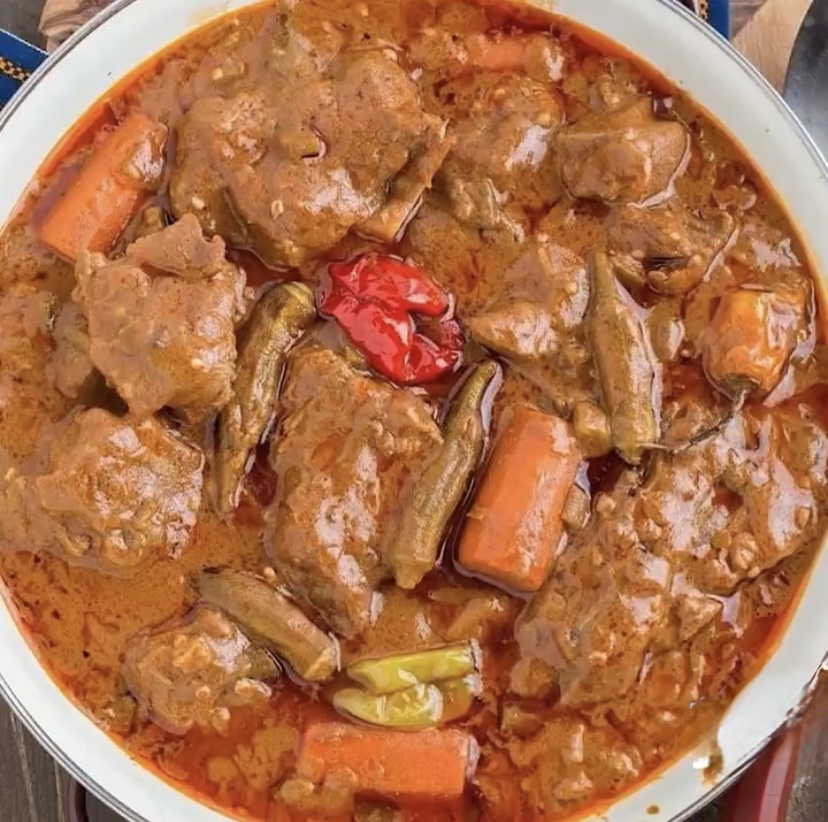
Food Guide: How to Pick the Freshest Ghana Yam

Choosing the best yam can make all the difference in your cooking! Whether you’re making pounded yam, yam porridge, or fried yam, selecting a fresh and high-quality tuber is essential. In this guide, we’ll share expert tips on how to identify the freshest Ghana yam, spot signs of spoilage, and store it properly for long-lasting freshness.
- Check the Skin Condition
Look for smooth, firm skin without cracks, bruises, or soft spots. Avoid yams with moldy patches or excessive blemishes, as these indicate spoilage.
- Assess the Texture
Press gently on the yam with your fingers. It should be firm and not too soft. A good yam should have a dense, solid feel, not hollow or spongy
- Look for a Uniform Shape
Yams that are evenly shaped (without too many knots or bumps) tend to cook more evenly Irregularly shaped yams may have more fibrous sections, making them harder to peel and prepare.
- Examine the Color
The skin should have a natural brown color without excessive discoloration or dark spots. If cut, the flesh should be white or cream-colored, not yollowing or showing signs of rot.
- Smell the Yam
A fresh yam has an earthy slightly nutty smell Avoid yams with a sour or fermented odor, as this indicates spoilage.
- Consider the Weight
A fresh yam should feel heavy for its size, which indicates good moisture content. Lighter yams may be drying out inside, reducing their quality
- Avoid Sprouting Yams
Small sprouts indicate that the yam is aging and may have a starchy, less desirable taste. If the sprouts are long or numerous, the yam may be past its prime.
- Check for Moisture
The surface of the yam should be dry. Excessive moisture can lead to rotting If the yam has any sticky or slimy spots, it should be avoided. Storage Tips for Ghana Yam Store yams in a cool, dry place away from direct sunlight. Avoid refrigerating raw yams, as this can alter their texture and flavor. Keep yams in a ventilated area to prevent moisture buildup.
If you do want to refrigerate them, figure out what you want to do with them-whether frying or boiling. Cut them up as desired. If you plan to fry them after unfreezing lightly fry them for about 3-4 minutes before freezing. If you plan to eat them boiled, as porridge, or make pounded yam, boil them lightly for 5-6 minutes before freezing
By following these guidelines, you can confidently select the freshest Ghana yams for your cooking needs, ensuring delicious and nutritious meals.

